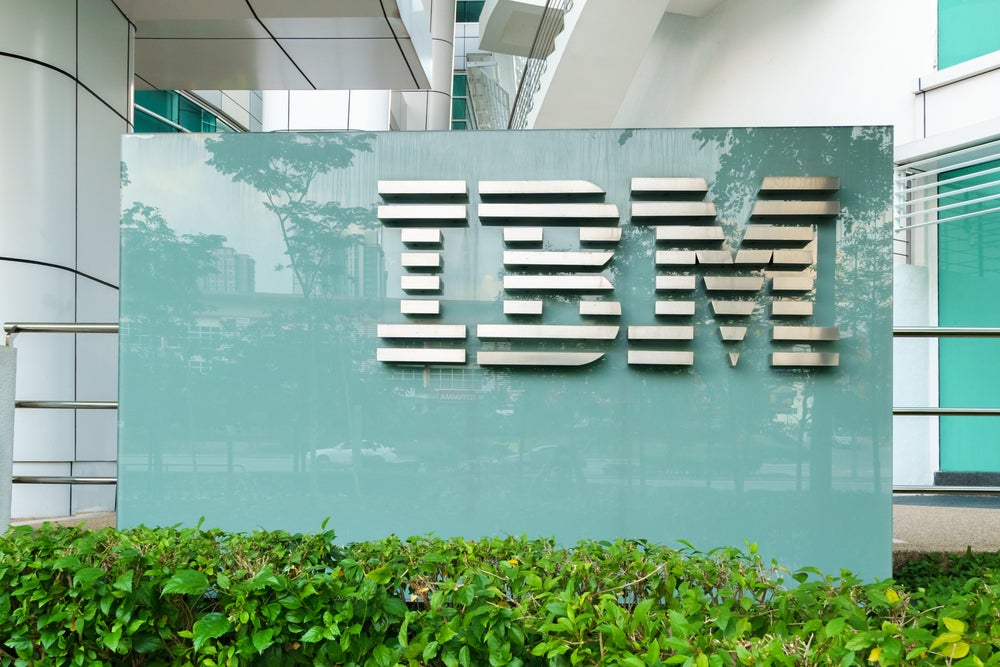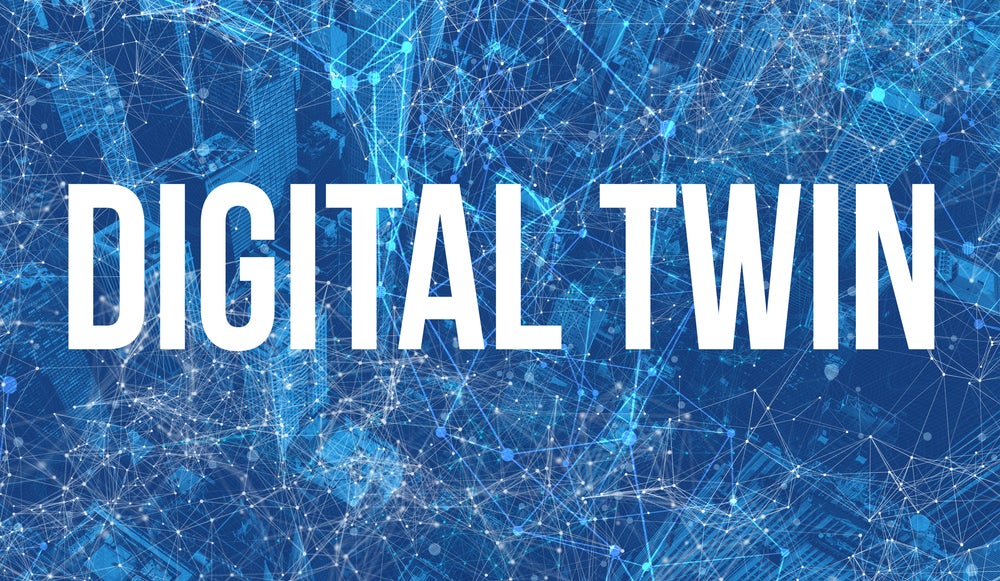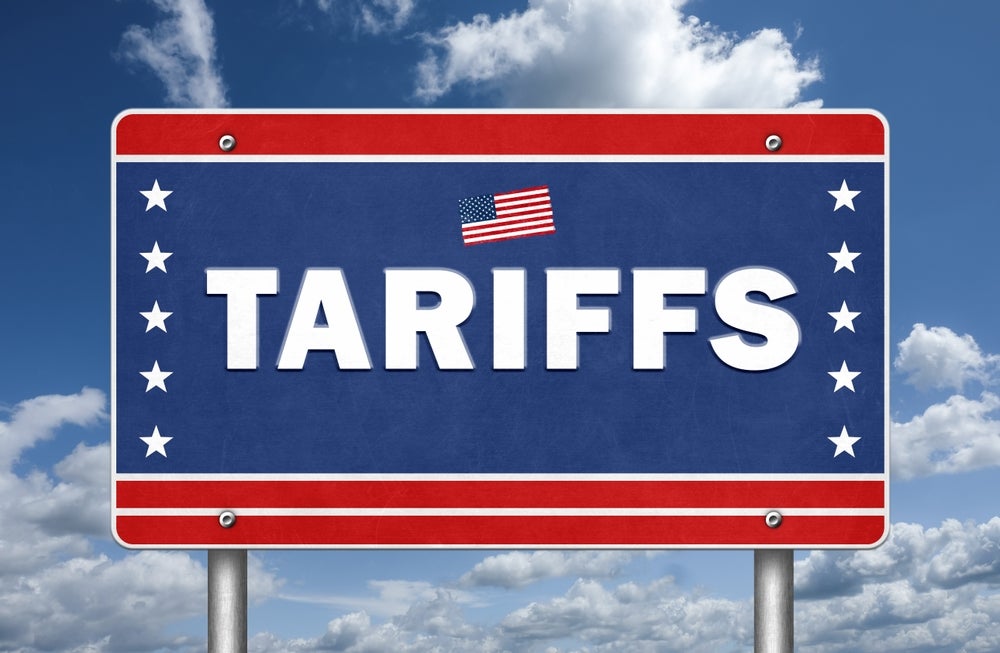
Understanding the Shift: Trends in Renting and Ownership
In March, the Free Software Foundation held its conference, LibrePlanet 2020, as an entirely online affair, having been forced to switch to a virtual conference at just days notice due to the coronavirus. I was one of the speakers at the conference, and now my talk, Rented Future: The Dangerous Rise of Life as a Service is available to watch online.
Exploring how the growing adoption of subscription models is moving us towards a post-ownership world, Rented Future unpacks the dangers of the model, and why it is vital we avoid it becoming the only option for consumers.
We’ve embedded it here for you to watch online, and included a complete transcript of the talk below.
Copyright LibrePlanet / Free Software Foundation, licenced under GFDL 1.3. View the original here.
Full transcript: Rented future – the dangerous rise of life as a service
1: Opening
Hi everyone. My name is Lucy Ingham, and I’m a technology journalist and editor of Verdict, which is a website based in the UK focusing on technology and how it is changing the way we live and work.
2: Intro: Subscription Models
Today I’m going to be talking to you about a topic that I’ve become increasingly interested in but worried about over the past few years: subscription models.
Now, put that way, it sounds like a very dry, not very important topic.
Subscription models on paper are just an operating model for businesses, and not even a new one at that, but in reality they are quietly transforming our relationship with the world around us, and completely upending our lives in the process.
We’re currently in a transition period between a time where most things we paid for were ours to own and do as we see fit with, to a future where we don’t own anything at all.
Instead, we pay subscriptions for everything in our lives, from the clothes we wear to the electronics we use. The only things we come close to owning are things like food that cease to exist when we use them. And even those are supplied to us on a subscription.
This is a transition that is happening before our eyes, but we largely don’t notice it because its generally in the background of product and company announcements where the headline – at least to many consumers – is positive. Companies operating using this model generally promise convenience, choice and reduced stress. Many also make the case for less waste and a better environmental impact.
But there are huge negatives to this model. Subscriptions give us no security if we lose our jobs. They pose a myriad of threats to small businesses. And they put incredible political, social and economic power into the hands of the companies that provide them.
3: Origins
This all started with what is often called Software as a Service, but the Free Software Foundation calls Service as a Software Substitute.
SaaSS, where software is accessed via an ongoing subscription rather than ever being owned by the user, has been widely discussed in the Free Software movement, so I won’t spend too much time on it, but it’s important to mention because it is the origin point of everything that has followed.
SaaSS has been incredibly successful for the companies that use this model, including some of those shown here, and it has inspired a host of offshoots in the technology space, including Platform as a Service and Infrastructure as a Service.
4: The Breakout
As consumers became more connected and e-commerce became more sophisticated, the SaaSS model began to inspire other more consumer-focused industries. The front-runners to this were companies such as Netflix in the entertainment space, Birchbox in the beauty space and Naked Wines in the drinks space.
These three companies have quite different markets and operating approaches, but they all have played a part in normalising the idea of paying a regular fee to receive products on a regular basis that traditionally you would have bought individually as and when you wanted them.
5: The Proliferation
Since then, we’ve seen an absolute explosion in the products consumers can access on subscription.
There are now thousands upon thousands of companies offering subscription-based services, and from my own experiences as a tech journalist, it now seems to be the most common model for new product launches.
I could fill the rest of this session just listing the industries you can get products via a subscription, but most prolific are in the entertainment and media, beauty and grooming and luxury food and drink sectors.
6: From Nice-to-Haves to Must-Haves
However, while these industries generally cater to luxuries, what we are beginning to see now is far greater growth in more essential parts of our lives. These include:
- Education, with the launch of subscription-based courses that are designed to facilitate lifelong learning, as well as subscription textbooks
- Clothing, with the proliferation of clothing rental companies, where you can enjoy the luxury of an ever-changing wardrobe either for a monthly fee or a membership where you pay to rent individual items
- Transport, either where you rent or lease a vehicle to drive yourself, or access on-demand travel via membership of an app
- Daily food, where you are sent all the ingredients and recipes to prepare your meals, or order meals for delivery through a membership service
7: B2B
But it isn’t just in the consumer space. Businesses are also increasingly shifting away from owning assets to paying regular fees to use them.
Obviously a large part of this is through SaaSS and related models, but it is also increasingly occurring with other business assets, including office infrastructure and equipment.
Many businesses are now opting to operate through co-working spaces such as WeWork, which are essentially serviced offices with bells on, while company cars are being replaced by lease or ridesharing services, and equipment is increasingly being moved to the cloud.
Even computers and other hardware is increasingly being accessed via a rental service, enabling it to be more easily upgraded, and removing large one-off expenditures, which can often look bad on financial reports, from a company’s books.
8: B2B – Subscriptions all the way down
It’s also worth noting that many companies – including those that provide subscription services to consumers – are paying for subscriptions to companies that are also using subscriptions.
Essentially, many companies are now in a stack of subscriptions, with each component being supplied by a different organisation. And it’s worth mentioning this, because it make those companies very reliant on others below them in the stack.
9: Variations on the Model
Now so far I’ve talked about a large range of companies and subscription types, so it’s worth clarifying what those are. Subscriptions come in many forms, some of which, on first glance, may not seem to be a subscription at all. These include:
- All You Can Eat, where you pay a fixed price for unlimited access to a pool of products supplied by a company, such as with Netflix or Spotify
- Tiered Subscriptions, where the more you pay, the lower the cost-per unit is, which is most common in the business space, such as with stock image providers such as Shutterstock
- All-in-One Leases, where you pay a fixed price to use a capital item, with maintenance, support and upgrades built in, such as with a car
- Over-the-Top Subscriptions, where you either pay a base price or nothing at all for membership, and then pay one-off additions for extra services you use, such as with ridesharing apps like Uber or streaming services with additional rental options such as Amazon Prime
However, in all cases, you have an ongoing membership with a company, where they have access to your data and habits relating to the service they provide – and often beyond – in order to access goods or services that you would have traditionally paid a one-off fee for. And as part of this, these companies dictate what choice you have – if any – over which products or services you consume within their space.
10: Future Developments
But regardless of the model used, the areas subscriptions are seeping into are increasing, and we have by no means reached the endgame.
In some cases, new developments are simply coming from new companies with novel approaches to existing industries. And one of the most notable in this space is the emerging Labour as a Service market.
This is essentially a step on from the zero-hours contracts that many companies are now using, where a company accesses ad-hoc employees through a subscription. It’s very small at the moment but is projected to grow significantly over the next few years. And while it promises convenience for companies, it poses serious concerns about the financial security of those being employed through the model.
There are also services that are emerging as a result of technological advances. One big area for this is the transport space, with driverless cars and other emerging transport technologies further removing the need to own a vehicle for many people, and instead making them reliant on subscription models to get around.
However, a perhaps more complex area is the emergence of connected cities, which are being developed thanks to the convergence of technologies such as the internet of things and 5G. Analysts are increasingly discussing the possibility of residents paying a subscription to access digital services enabled via connected cities, meaning that subscriptions could ultimately become essential to fully participating in urban life.
11: Post-Ownership: Life as a Service
Where this is increasingly leading is a situation where many of us don’t own possessions, and instead are paying money each month to rent or consume them.
But lots of different monthly payments are stressful and annoying to manage, and most successful new businesses are focused on removing pain points, which is why the next stage is a convergence of services into smaller groups with scaling options. Essentially, paying one company for all or many of the services and products you subscribe to.
And this is the endgame: Life as a Service, where you pay a subscription fee for everything you need to live, from rent, to clothes, to transport, to education, to food, to healthcare.
Under this model, you could scale your subscription to include more luxuries or niche interests as you became more well-off, or downsize in times of financial uncertainty.
For younger people, who are increasingly facing the prospect of never being able to purchase property, this is becoming increasingly possible, particularly as we’re seeing the emergence of the co-living model, where you rent a serviced studio flat from a company with extra services bundled in.
There are also signs of this occurring in other markets, for example with access to different subscriptions being bundled into telecoms packages.
12: Life is Never a Neat Dystopia
Of course, we don’t actually live in a science fiction novel: reality is never as neat as the dystopias we read about. For many, subscriptions will likely remain fragmented and augmented by possessions, while others will likely embrace subscriptions as their primary possessions, but choose to use a host of different companies and sources.
But this could still be a serious reality for many, particularly those who are less well-off. True ownership as we know it historically is increasingly becoming the domain of the wealthy, and with inequality widening, that looks set to become increasingly true over the next few decades.
13: Edward Snowden Quote
Back in November at Web Summit, Edward Snowden summarised the issue very effectively:
“My generation, particularly the generation after me, they no longer own anything; they are increasingly not allowed to own anything.”
14: From Ownership to Usership – quote
However, John Phillips who is a general manager at Zuora, a cloud-based subscription management platform, characterises it differently:
“We are entering the era of usership over ownership. The shift to subscriptions is inevitable.”
15: Why companies like this model
However, companies aren’t – at least for the most part – trying to orchestrate a Life as a Service scenario. They’re embracing this model because, right now, it makes a huge amount of sense from a business perspective.
They:
- Offer lower barriers to entry and so make it easier to attract customers
- Build predictable, linear revenue that make it easier to manage supply and demand
- Help avoid slumps that can put businesses in jeopardy
- Help build long-term relationships with customers
- Provide data and insights about customers that can help improve their business
- And most of all, businesses that use these models are growing at a far faster rate than market averages
16: Consumers want this model
It’s also important to note that this is not a model that is being forced on consumers – many of them like it for many reasons. These include:
- Convenience – they don’t have to spend time acquiring things they need
- Flexibility – many of these services offer a wide range of choice without having to pay extra for it
- Simplicity – subscriptions can help avoid needless stress and frustration around acquiring products
According to a survey by Zuora, in the UK 18% of consumers now actually prefer subscriptions to owning products, which rises to 25% for those living in our capital, London.
This number is also higher for people under 35, suggesting these models will become more popular as Millenials and members of Generation Z get older.
17: Companies are individually trying to do good with this model
Subscriptions can also be a force for good, particularly when it comes to sustainability.
For example, many of the companies in the clothing-for-hire space are gaining customers because the model is being seen as an antidote to fast fashion, which is a major contributor to global carbon emissions. And in many industries, this model is being positioned as a means to combat waste.
For others, subscriptions are lowering the barrier of access, such as in education.
College textbooks run into the hundreds of dollars to buy, and are only used for a short period of time, which is why subscription textbooks are already proving to be a very popular idea. Students pay fixed monthly fee to access digital copies of any textbooks they need, at an overall cost that is far lower than paying for physical copies.
In some cases, they also fund charitable projects. Many charities now run regular boxes, where customers get a product each month, such as a book or food item, and their payment includes a monthly donation.
18: But this model has the potential to be very harmful
But despite the positives, there are also deeply concerning aspects to the subscription model.
And right now, these are not only not being addressed, but they are very rarely being acknowledged or talked about because the subscription market is currently made up of many small players, none of which has enough reach to either be fully responsible or capable of tackling the negative outcomes.
19: Cost, Lack of Savings
First, there is the issue of cost. While in some niche cases, subscription models represent a saving on a purchase that a consumer would have otherwise had to have made, in the vast majority of cases they are more expensive than buying a product outright.
Say I decide that instead of buying a new laptop, I opt to rent one through a subscription company. While I don’t have to pay an upfront cost for that laptop, the amount I pay each month over the course of the time I use it is likely to be significantly higher than if I had just paid for it outright. And at the end of that time, I still don’t own the laptop.
Sure I get some benefits – if a new model comes out that I want, I can just exchange it rather than saving up, but it is still costing me far more for the same basic item.
If you amplify this across all the different goods and services that I might access through a subscription model, I am ultimately paying far more for no material gain.
Add the fact that where I live in London, the average person spends 49% of their salary on rent, and you have a situation where there is very little money left over for savings, meaning in this scenario I am perpetually locked into a subscription lifestyle.
20: Lack of Security
While a person using subscriptions for everything might not be in a position to save, at least they have a regular supply of everything they need to live. That is, of course, assuming they can keep paying.
But what happens if they become unwell or lose their job? Subscriptions offer no security in that situation – they would simply stop receiving the services and products they relied on. And in severe cases, that could mean a very short road to poverty.
This total lack of safety net also reflects on companies. If a business has a cashflow issue and can’t pay their bills, the services they use will also be cut off. And if you are a business that relies entirely on subscriptions for infrastructure, that prevents you from doing the work that enables you to make more money. In that scenario, you could very quickly find yourself without a business.
21: Threat to Small Businesses
But it isn’t just the businesses that are using this model that are under threat. Small, local businesses also lose out when everything is accessed through a subscription.
E-commerce has already ravaged bricks-and-mortar stores, but a new breed of small businesses has done very well out of the online revolution, either by operating niche online brands or by connecting real-world activities with digital customers.
However, if everything is accessed via subscription, consumers lose the choice to try out a new company or product unless it is offered through a platform they already use. This makes accessing the market far more difficult, and will only get more challenging if subscriptions begin to converge, and it takes away potential customers from small businesses.
22: Power for Big Companies
This phenomenon also hands an incredible amount of power to the big companies behind these subscriptions. They can ultimately decide the success or failure of a product or brand by whether they decide to include it on their platform, giving them huge reach over entire industries.
Subscriptions also make consumers consistently reliant on a small number of companies to provide products they rely on, which reduces consumers’ power to resist corporate decisions they disagree with.
And in both cases, this power will increase as subscriptions converge, as it will reduce the number of players in the market – and therefore the amount of competition – significantly.
23: Data collection on consumers
A part of this power is, of course, data collection. Subscription providers generally collect incredible amounts of data on their users, particularly in situations where consumers pick and choose from a range of options, be it the media they consume, or where and when they want to be collected and dropped off by a ridesharing provider.
Consumers have no option of privacy under these models; if they want the products and services offered through these subscriptions, they have to agree to this data collection. And what companies do with this data is entirely up to them – consumers have no say in how it is handled, or who it is sold to.
24: Political and Ideological Reach
This combination of factors, particularly if consumers are accessing many or all of their services via a single platform, translates into staggering political and ideological power.
We have already seen how social media has been used to manipulate political opinion on a shockingly granular level, but what if a company is in charge of providing all of the media, entertainment, services and possessions in millions of people’s lives?
The amount of political and ideological influence that provides is incredible. The food you eat, the things you read and watch and the objects you interact with all play a small but significant role in forming your view of the world around you. And in the wrong hands, this could be mis-used to push certain political and ideological mindsets.
25: Where Free Software Comes In
Life as a Service is not a future that I want to see come to fruition, and I am hoping you all feel the same way.
And while I do not believe that free software alone can stop this, I do think that the free software movement has a role to play, particularly given its long-standing resistance to the SaaSS model.
26: Creating Alternatives
One key aspect of this is helping to build accessible alternatives to subscription models, that assist businesses in connecting to customers without tethering them to a subscription, and which help consumers maintain other options.
While there is nothing inherently wrong with buying a product on a subscription, where it becomes a true threat is when it stops other models from being viable alternatives.
When people are forced to enter subscriptions to access goods they need to participate in society, we will truly be in the age of post-ownership, and all of the privacy and security implications that come with it. And free software can help prevent that from happening.
27: Helping Change the Narrative
There also needs to be more discussion about the downsides of subscriptions. As it is seen as such a dry aspect of so-called digital disruption, it rarely gets attention, apart from when the specific misdeeds of particular companies are being discussed.
The free software movement has been a powerful voice in the privacy discussion, and I hope that as time goes on, this will be extended more to the downsides of subscriptions.
28: Building a Hybrid Future
Most of all, however, I hope that we can build a future where these types of models exist, but do not dominate our lives. I do not believe we can eradicate them, and nor should we, but as long as we maintain choice, we prevent a situation where people lose the right to ownership.
29: Thank You/Questions
Thank you for listening. I’m hoping to do more on this subject in the future, so if you have any questions or comments I would love to hear them.
Read more: Is the subscription model flexible enough to survive economic hard times?







